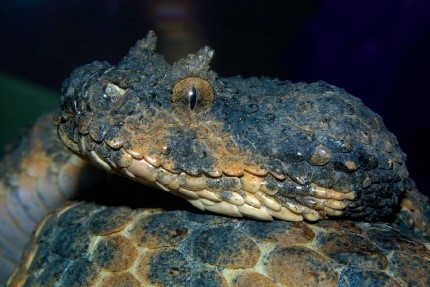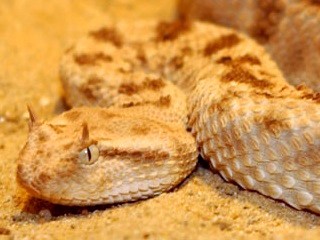Urban Wildlife

Technically, all of the animals that live in and around our buildings are part of the wildlife, but some vertebrate pests that are serious pests in particular situations are never considered pests by certain people. Pigeons, for example, can cause human health problems when roosting in large numbers, but also seen as pets and friends by those who feed them daily. These constituents react angrily to any attempt to poison or trap pigeons.
Certain people feel a strong attachment towards vertebrates that they do not feel towards other pests. Children in particular love and cherish them. Many people today are involved emotionally in the welfare of animals, particularly domestic pets, and in conserving wildlife. Control of these animals, other than rodents, can be more of a public relations problem than a pest problem. Killing is the method of last resort and, in few cases, is illegal.
Public concern for the welfare of animals and the risk from vertebrate poisons to people, pets, and other nontarget animals have made rules governing vertebrate pest control particularly strict. Pest control professionals should understand the laws and regulations at the local and federal levels on how to deal with these types of pests.
Pest control professional face a challenge when trying to solve any people-wildlife conflict, especially when dealing with bats, rabbits, feral cats, and vibers. Prior to tackling an urban wildlife problem, ETS trained nuisance wildlife control professionals have the knowledge to identify the pest, entry points, the type and amount of damage occurring, the additional damage (if any) anticipated if no action is taken, and determine if non-target animals at any risk as a result of the management plan they propose. We can provide valuable information to clients when they need help or advice regarding wildlife pests around homes or works, and recommend the required work to prevent future nuisance animal conflicts.





